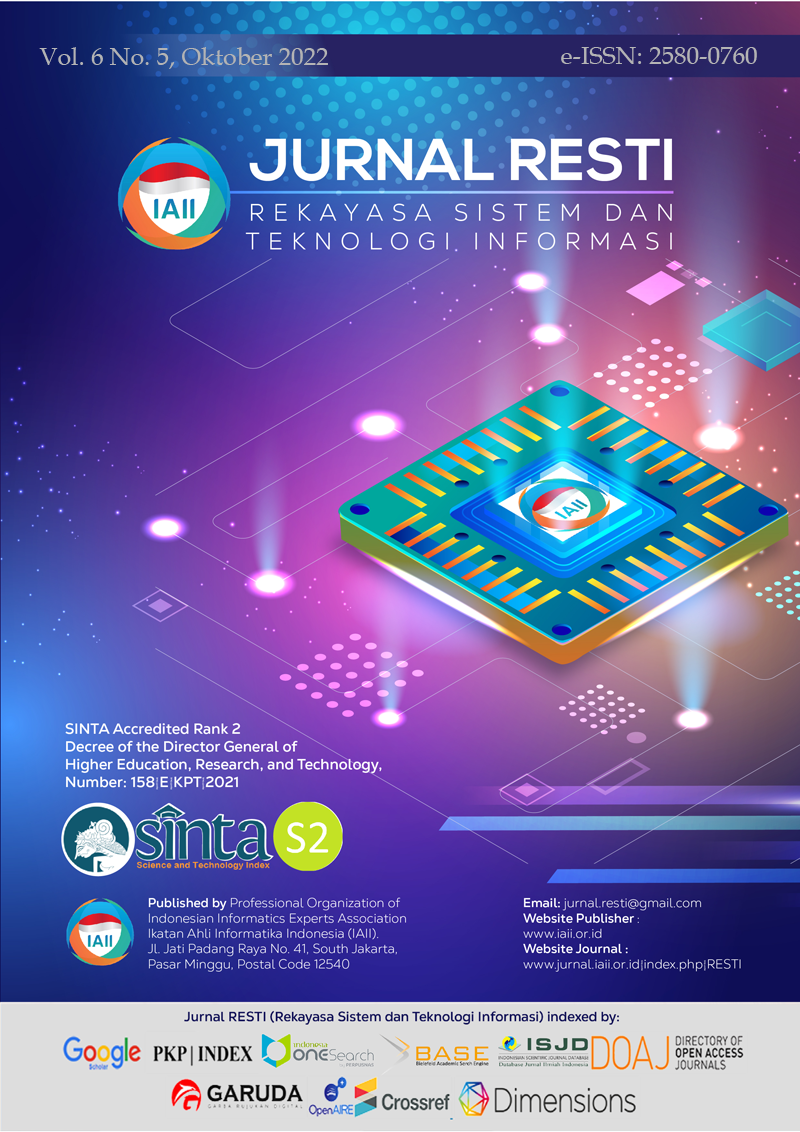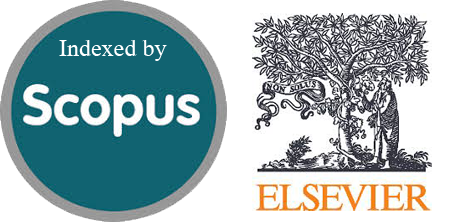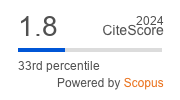Surrogate Model-based Multi-Objective Optimization in Early Stages of Ship Design
Abstract
The abstract is the early stages of ship design, the decision of the ship's main dimensions significantly impacts the ship's performance and the total cost of ownership. This paper focuses on an optimization approach based on surrogate models at the early stages of ship design. The objectives are to minimize power requirements and building costs while still satisfying the constraints. We compare three approaches of surrogate models: Kriging, BPNN-PSO (Backpropagation Neural Network-Particle Swarm Optimizer), and MLP (Multi-Layer Perceptron) in two multi-objective optimization algorithms: MOEA/D (Multi-Objective Evolutionary Algorithm Decomposition) and NSGA-II (Non-Dominated Sorting Genetic Algorithm II). The experimental results show that MLP surrogate models get the best performance with MAE 6.03, and BPNN-PSO gets the second position with MAE 7.2. BPNN-PSO and MLP with MOEA/D and NSGA-II improve the design with around 58% smaller adequate power and 6% less steel weight than the original design. However, BPNN-PSO and MLP have lower hypervolume than Kriging for both optimization algorithms MOEA/D and NSGA-II. On the other hand, Kriging has the most inadequate model accuracy performance, with an MAE of 22.2, but produces the highest hypervolume, lowest computational time, and far lower objective values than BPNN-PSO and MLP for both optimization algorithms, MOEA/D and NSGA-II. Nevertheless, the three surrogate model approaches can significantly improve ship design solutions and reduce work time in the early stages of design.
Downloads
References
N. D. Charisi et al., “Parametric Modelling Method based on Knowledge Based Engineering: The LNG Bunkering Vessel Case,” 2020, p. 17.
S. Chakraborty, “How The Power Requirement Of A Ship Is Estimated?” Accessed: Feb. 05, 2021. [Online]. Available: https://www.marineinsight.com/naval-architecture/power-requirement-ship-estimated/
R. de Winter, B. van Stein, M. Dijkman, and T. Bäck, “Designing Ships Using Constrained Multi-objective Efficient Global Optimization,” Springer International Publishing, Cham, 2019. doi: 10.1007/978-3-030-13709-0_16.
R. de Winter, J. Furustam, T. Bäck, and T. Muller, “Optimizing Ships Using the Holistic Accelerated Concept Design Methodology,” in Practical Design of Ships and Other Floating Structures, Singapore, 2021, vol. 65, pp. 38–50. doi: 10.1007/978-981-15-4680-8_3.
A. Charchalis, “Determination Of Main Dimensions And Estimation Of Propulsion Power Of A Ship,” J. KONES Powertrain Transp., vol. 21, no. 2, 2014, doi: 10.5604/12314005.1133863.
S. H. Kim and F. Boukouvala, “Machine learning-based surrogate modeling for data-driven optimization: a comparison of subset selection for regression techniques,” Optim. Lett., vol. 14, no. 4, pp. 989–1010, Jun. 2020, doi: 10.1007/s11590-019-01428-7.
D. Li, P. A. Wilson, Y. Guan, and X. Zhao, “An Effective Approximation Modeling Method for Ship Resistance in Multidisciplinary Ship Design Optimization,” in Volume 2: CFD and VIV, San Francisco, California, USA, Jun. 2014, p. V002T08A023. doi: 10.1115/OMAE2014-23407.
H. Jafaryeganeh, M. Ventura, and C. Guedes Soares, “Application of multi-criteria decision making methods for selection of ship internal layout design from a Pareto optimal set,” Ocean Eng., vol. 202, p. 107151, Apr. 2020, doi: 10.1016/j.oceaneng.2020.107151.
T. Abramowski, “Application of Artificial Intelligence Methods to Preliminary Design of Ships and Ship Performance Optimization,” Nav. Eng. J., p. 13, 2013.
W. Qin, J. Dong, M. Wang, Y. Li, and S. Wang, “Fast Antenna Design Using Multi-Objective Evolutionary Algorithms and Artificial Neural Networks,” in 2018 12th International Symposium on Antennas, Propagation and EM Theory (ISAPE), Hangzhou, China, Dec. 2018, pp. 1–3. doi: 10.1109/ISAPE.2018.8634075.
A. Whyte and G. Parks, “Surrogate Model Optimization Of A ‘Micro Core’ Pwr Fuel Assembly Arrangement Using Deep Learning Models,” p. 8, 2020.
Qingfu Zhang and Hui Li, “MOEA/D: A Multiobjective Evolutionary Algorithm Based on Decomposition,” IEEE Trans. Evol. Comput., vol. 11, no. 6, pp. 712–731, Dec. 2007, doi: 10.1109/TEVC.2007.892759.
K. Deb, S. Agrawal, A. Pratap, and T. Meyarivan, “A Fast Elitist Non-dominated Sorting Genetic Algorithm for Multi-objective Optimization: NSGA-II,” in International Conference on Parallel Problem Solving From Nature, Berlin, Heidelberg, 2000, pp. 849–858. doi: 10.1007/3-540-45356-3_83.
T. Peter, “Using Deep Learning as a surrogate model in Multi-objective Evolutionary Algorithms,” Otto-von-Guericke-Universität, Magdeburg, 2018.
C. Audet, J. Bigeon, D. Cartier, S. Le Digabel, and L. Salomon, “Performance indicators in multiobjective optimization,” Eur. J. Oper. Res., vol. 292, no. 2, pp. 397–422, Jul. 2021, doi: 10.1016/j.ejor.2020.11.016.
K. Deb, “Multi-Objective Optimization Using Evolutionary Algorithms: An Introduction,” p. 24, 2011.
A. Charchalis, “Estimating The Main Dimensions Of The Ship’s HuLL,” J. KONES Powertrain Transp., vol. 25, no. 2, 2018.
C. E. Rasmussen and K. I. Williams, Gaussian Processes for Machine Learning. MIT Press, 2006. [Online]. Available: www.gaussianprocess.org/gpml
Copyright (c) 2022 Jurnal RESTI (Rekayasa Sistem dan Teknologi Informasi)

This work is licensed under a Creative Commons Attribution 4.0 International License.
Copyright in each article belongs to the author
- The author acknowledges that the RESTI Journal (System Engineering and Information Technology) is the first publisher to publish with a license Creative Commons Attribution 4.0 International License.
- Authors can enter writing separately, arrange the non-exclusive distribution of manuscripts that have been published in this journal into other versions (eg sent to the author's institutional repository, publication in a book, etc.), by acknowledging that the manuscript has been published for the first time in the RESTI (Rekayasa Sistem dan Teknologi Informasi) journal ;








